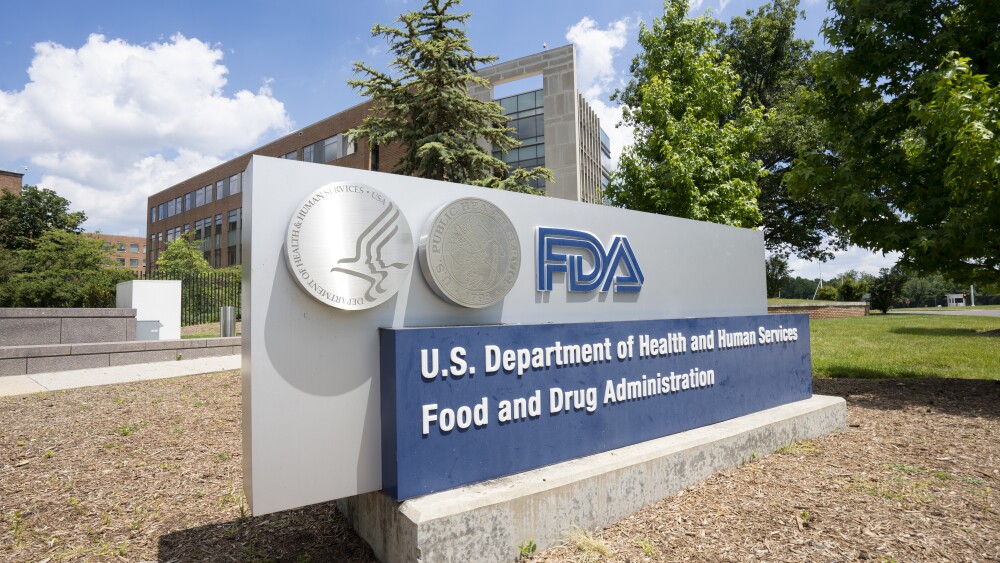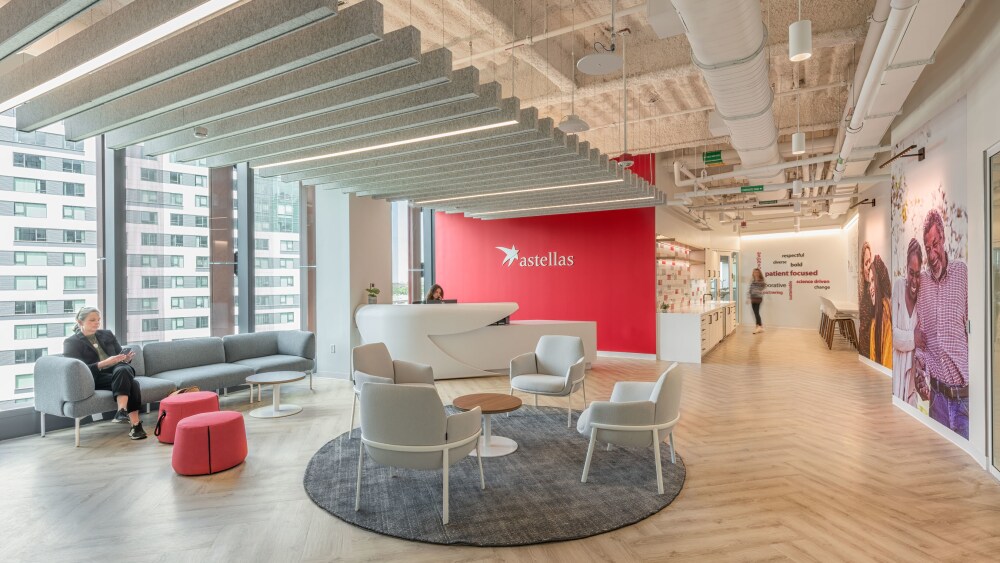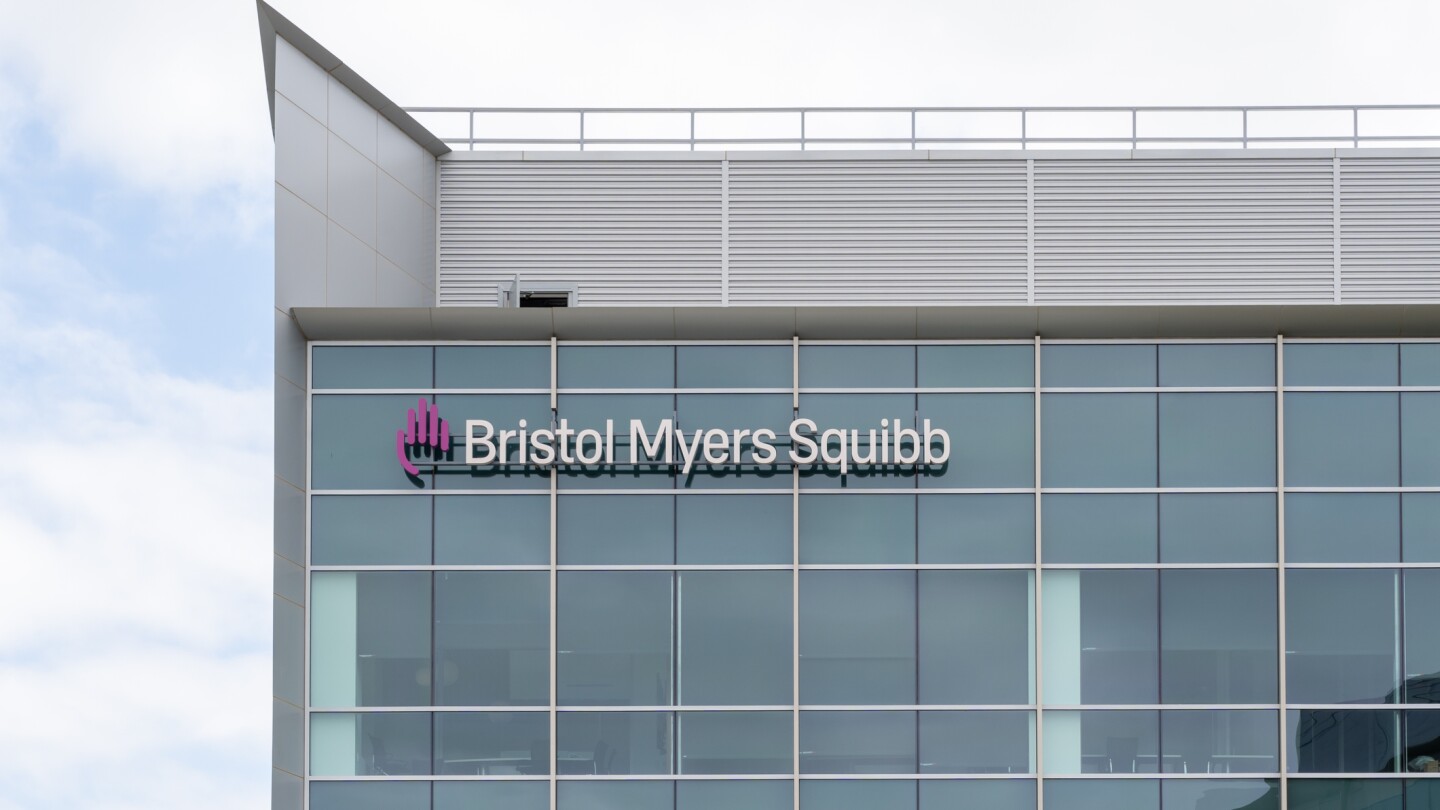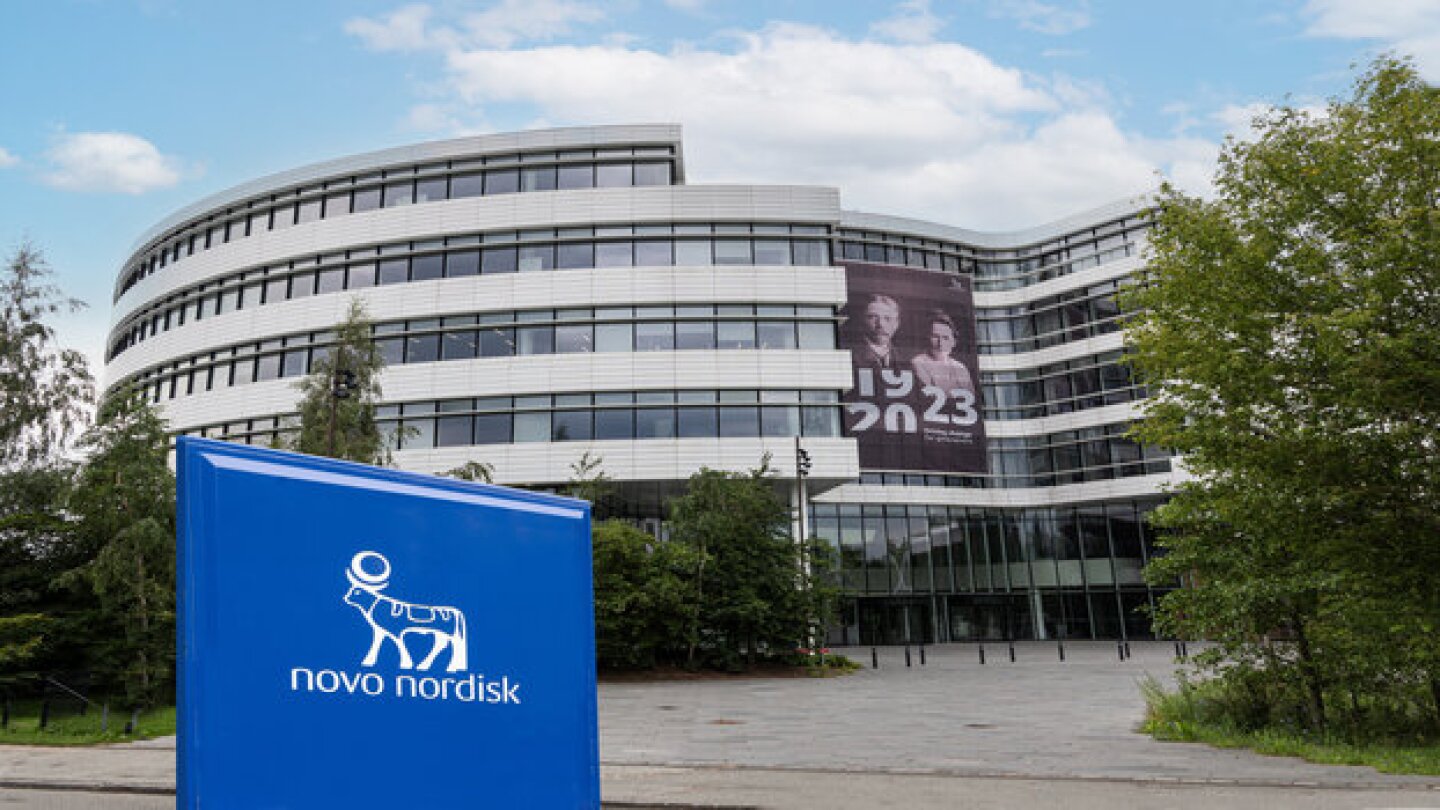News
The alleged deaths were detected by the FDA’s Vaccine Adverse Event Reporting System, reports from which “generally cannot be used to determine” causation or even contribution, according to the agency.
FEATURED STORIES
Having seen Congress spend money to onshore semiconductor production, pharma groups are pushing for similar incentives for domestic drug manufacturing.
Ensho Therapeutics CEO Neena Bitritto-Garg, recently named to BioSpace’s 40 Under 40, proved her mettle managing one of the toughest partnerships out there: the one between Eisai and Biogen that led to new Alzheimer’s drugs Aduhelm and Leqembi.
While the FDA continues to put out guidance documents and approve drugs, some companies are already reporting delays in dealings with the agency, while insiders warn of falling morale and a negative perception from the rest of the biopharma world.
Job Trends
Oncternal Therapeutics will lay off about 10 workers as it explores “strategic alternatives” that could include asset sales or an M&A.
FROM OUR EDITORS
Read our takes on the biggest stories happening in the industry.
With five CDER leaders in one year and regulatory proposals coming “by fiat,” the FDA is only making it more difficult to bring therapies to patients.
THE LATEST
Artios Pharma is working on a pipeline of oncology assets, led by alnodesertib, currently being tested for second-line pancreatic cancer and third-line colorectal cancer.
Aside from announcing layoffs, Sensei has decided to terminate its R&D work. The biotech has $25 million on hand, and continues to evaluate its strategic alternatives.
Top Trump administration officials have taken issue with Marty Makary’s management style, pointing to infighting between his appointees and the difficulty to get a hold of the FDA commissioner.
Priority voucher awardees and regulators could feel pressure to “meet the moment” as FDA watchers question the intent and feasibility of the Commissioner’s National Priority Voucher program.
Bristol Myers Squibb and Johnson & Johnson will continue to test the asset in stroke and atrial fibrillation.
Bayer has let go of about 13,500 employees, including around 5,000 managers, since implementing a new operating model in early 2024. CEO Bill Anderson said in a recent earnings call that he expects a slower rate of headcount reduction moving forward.
“As the future chair I will attend to the interests of not only the Novo Nordisk Foundation but all shareholders of the company,” incoming chair and former Novo Nordisk CEO Lars Rebien Sørensen said at the meeting held Friday.
A day after Pfizer closed its hotly contested Metsera deal, Lundbeck has made an unsolicited offer to steal Avadel Pharmaceuticals away from Alkermes.
At $9.2 billion, the Cidara acquisition lands among the top 5 largest deals of the year.
Gilead’s investigational drug combo bic/len could help lower the pill burden in patients with virologically suppressed HIV who are on complex treatment regimens, according to BMO Capital Markets.






















